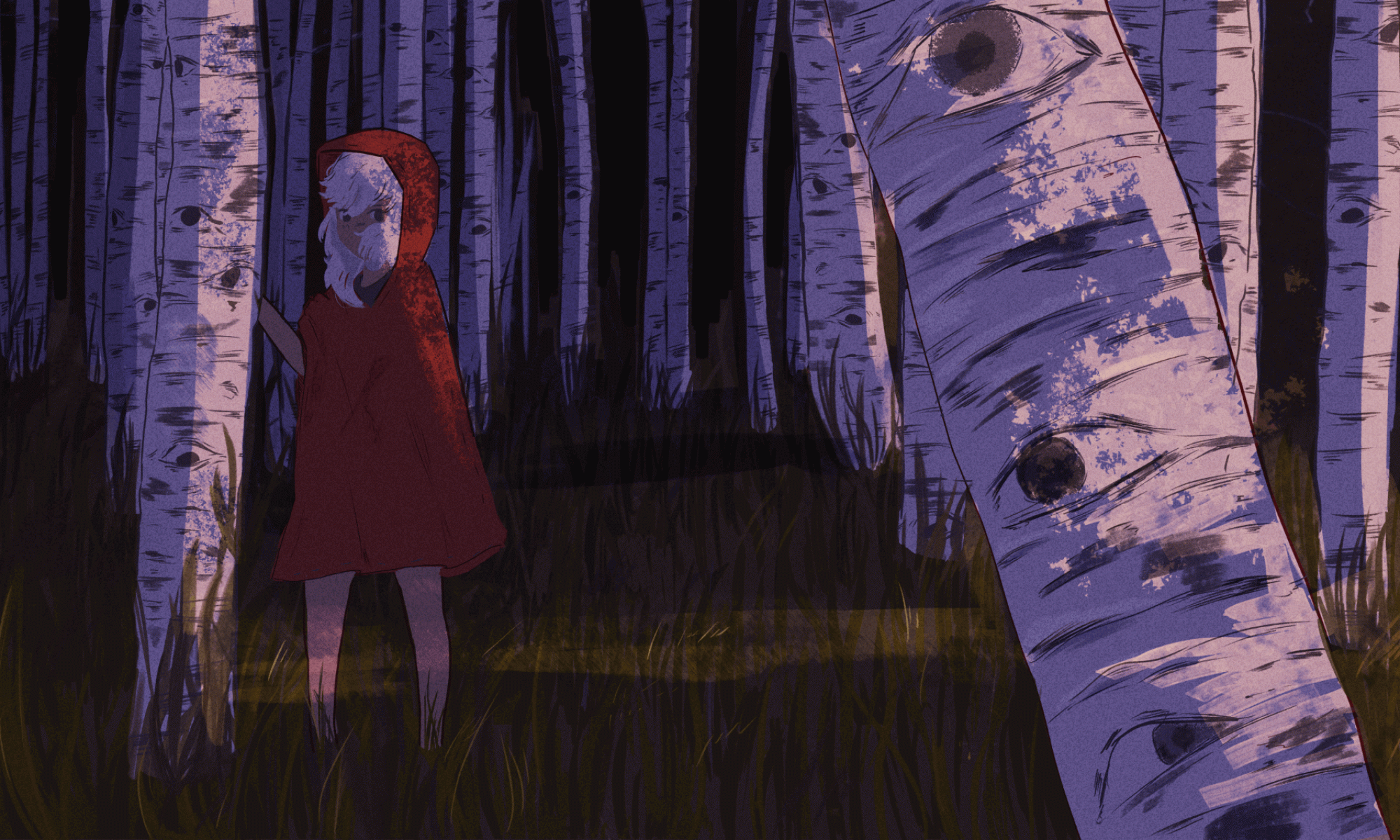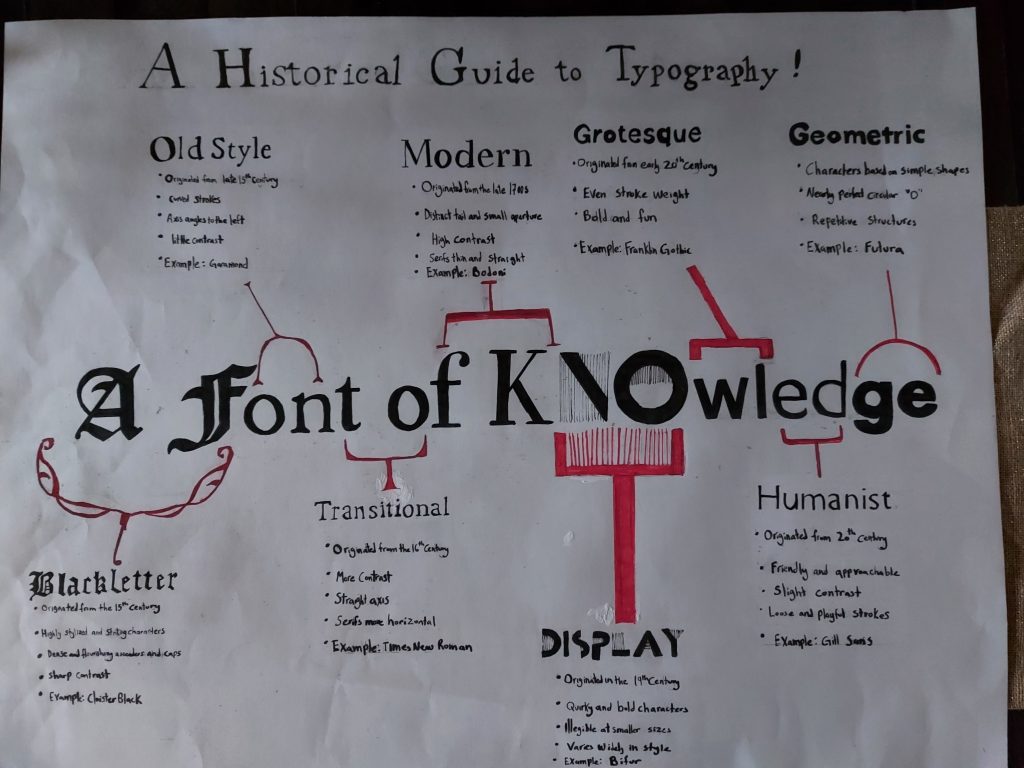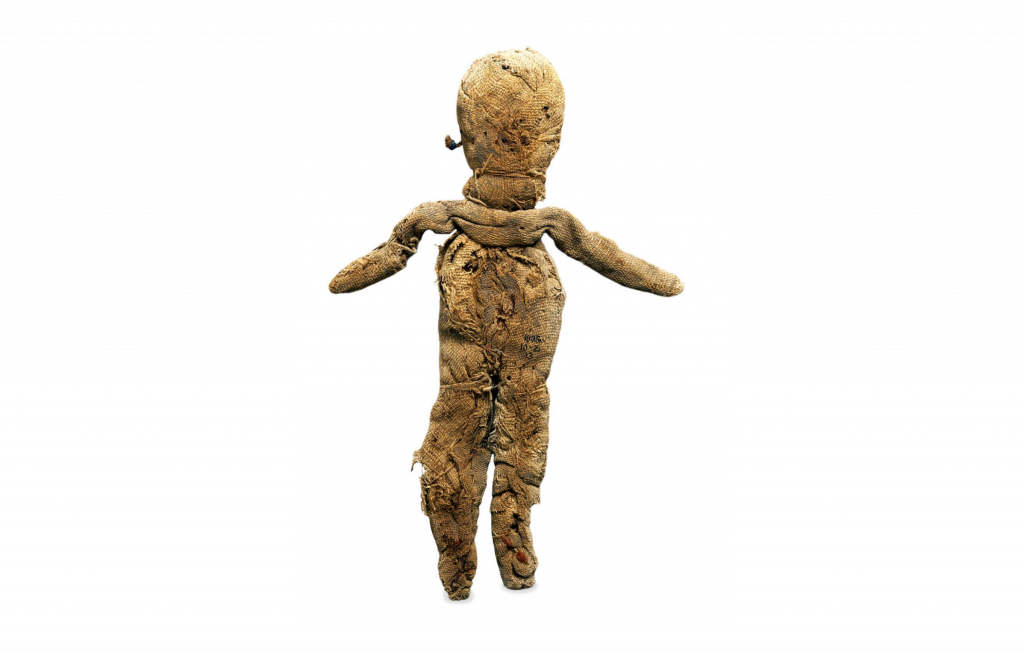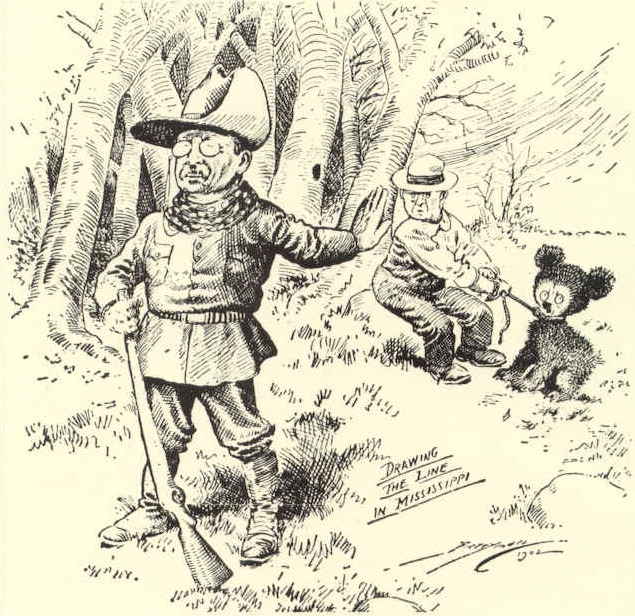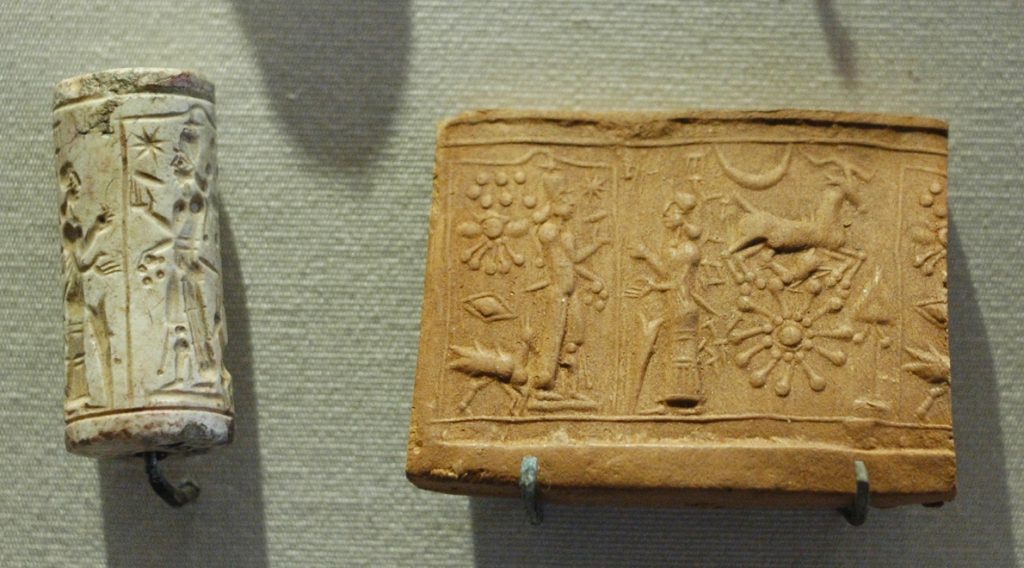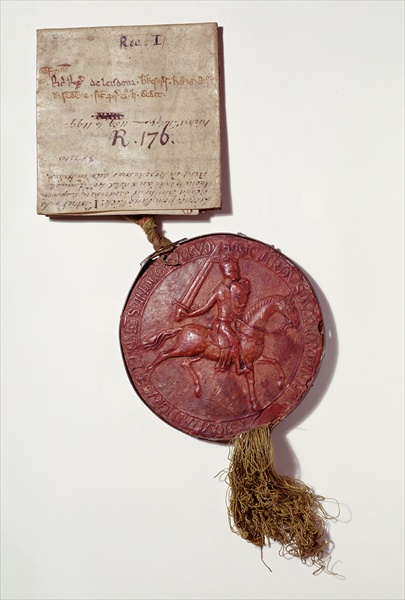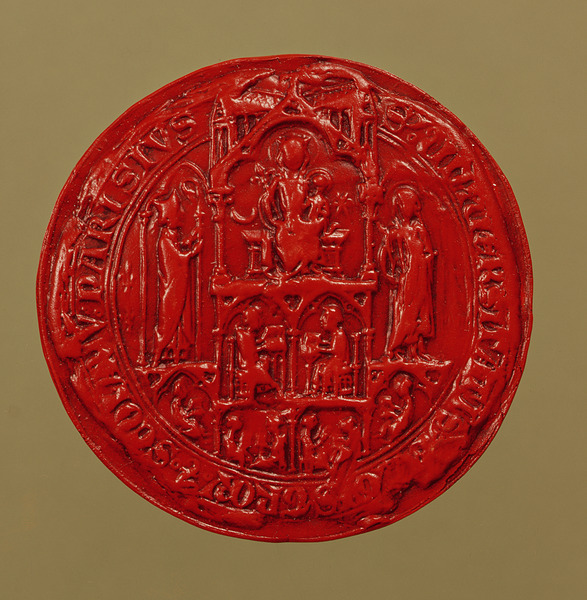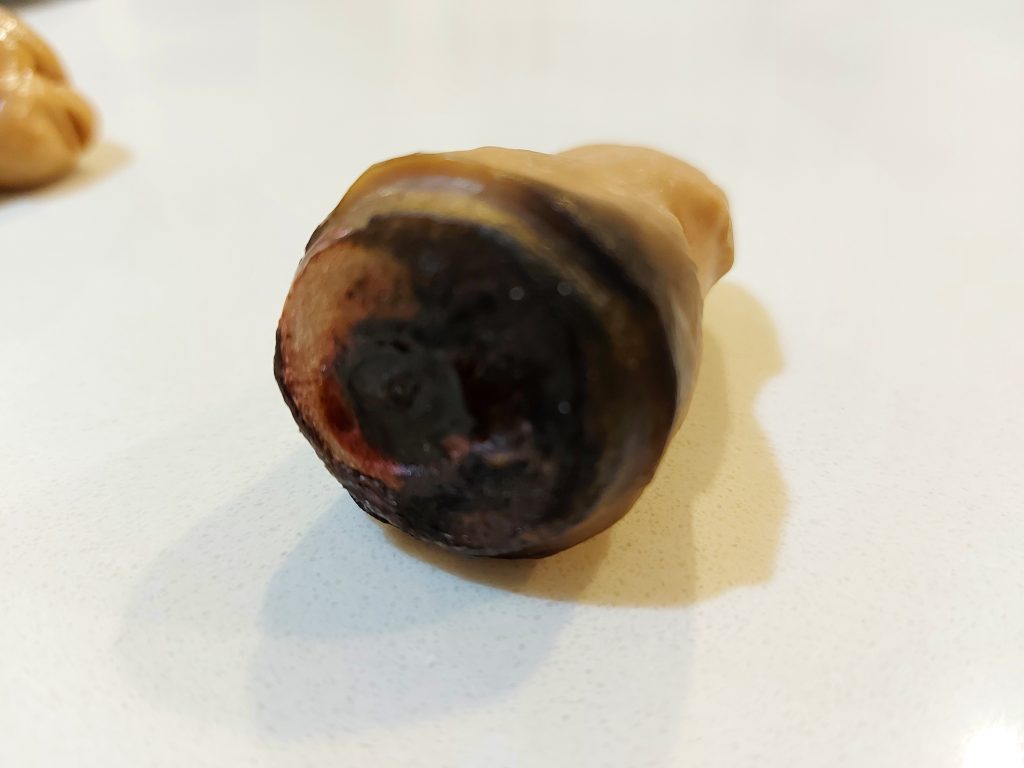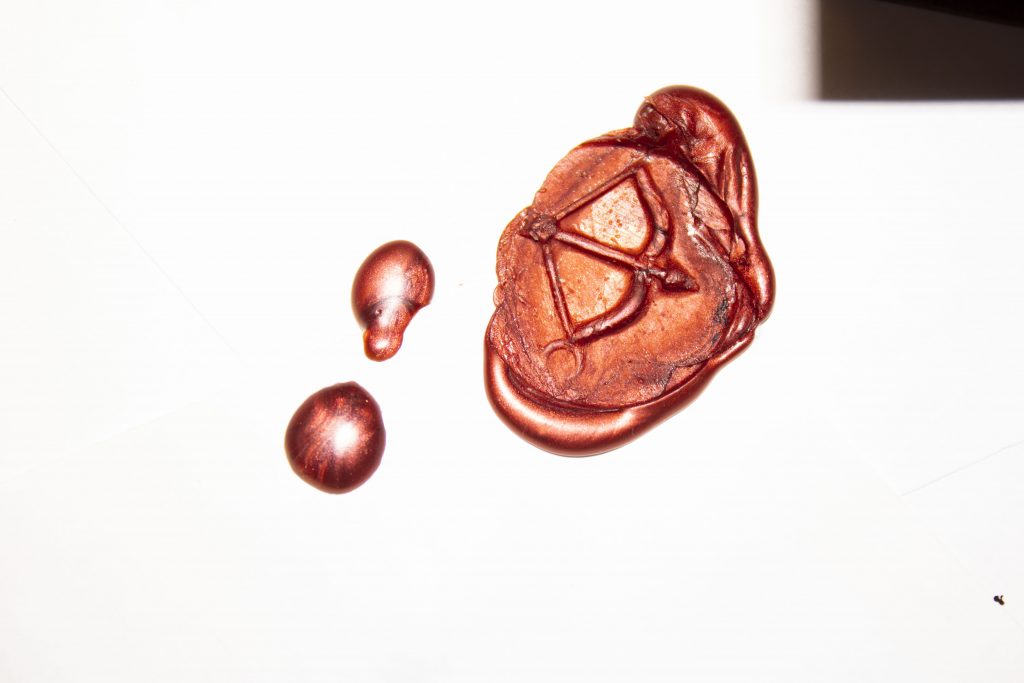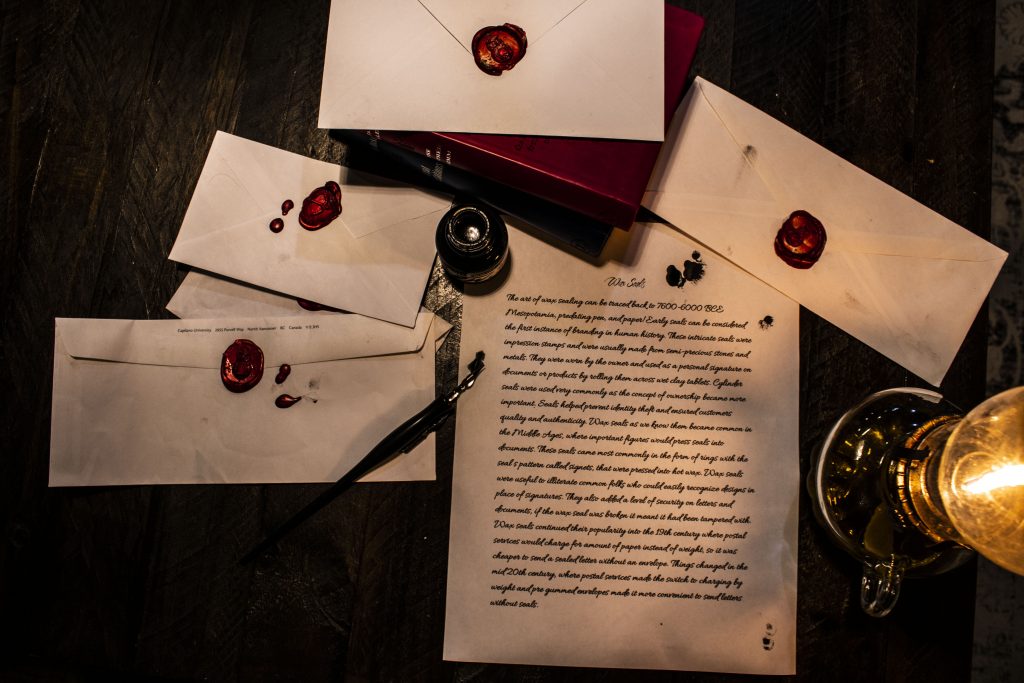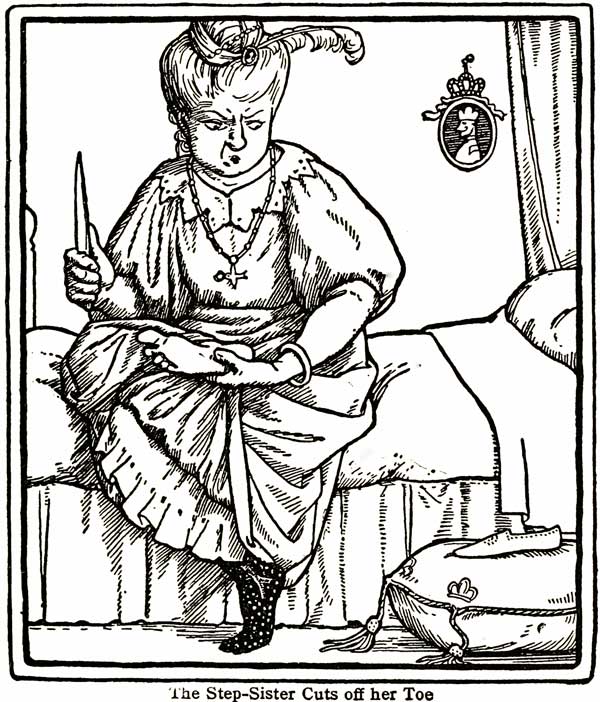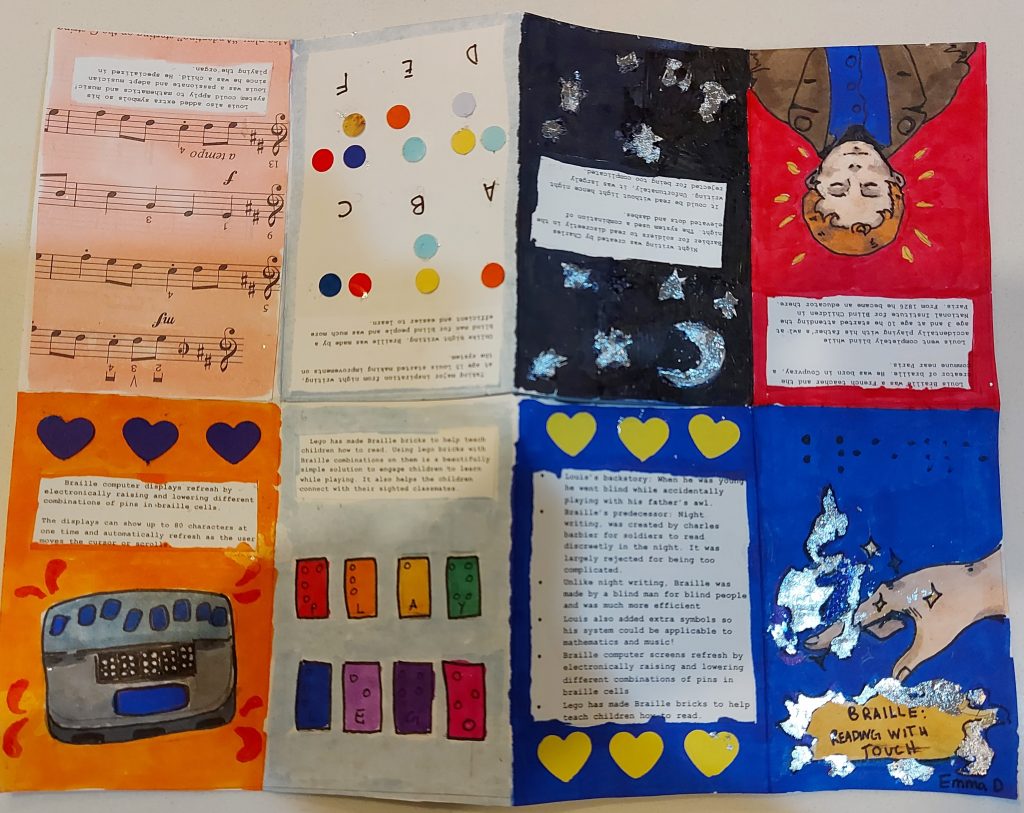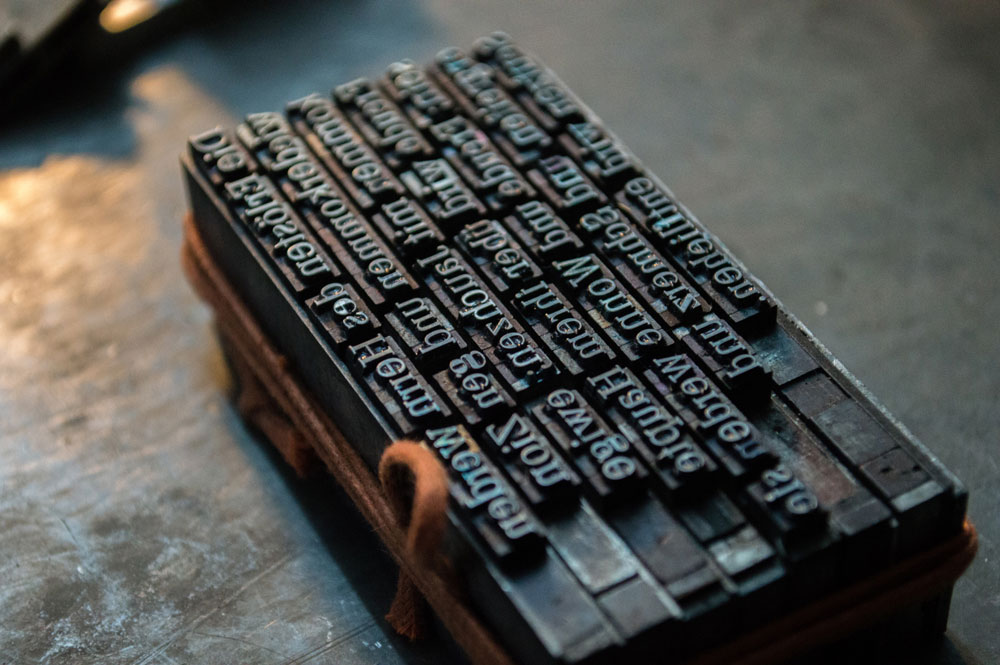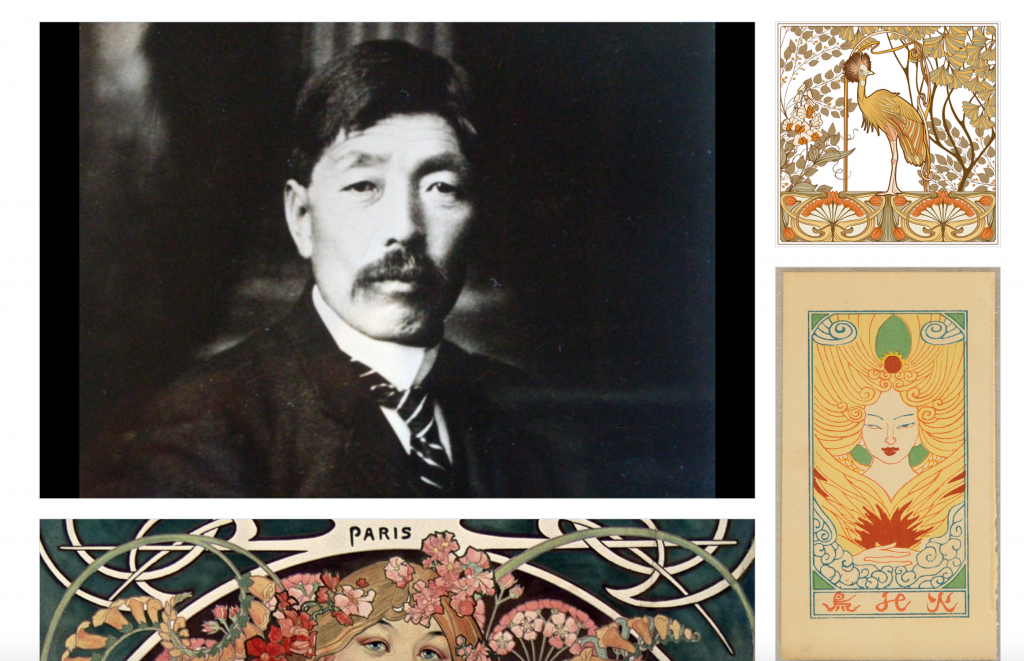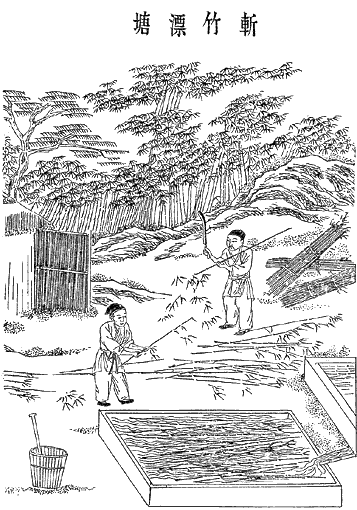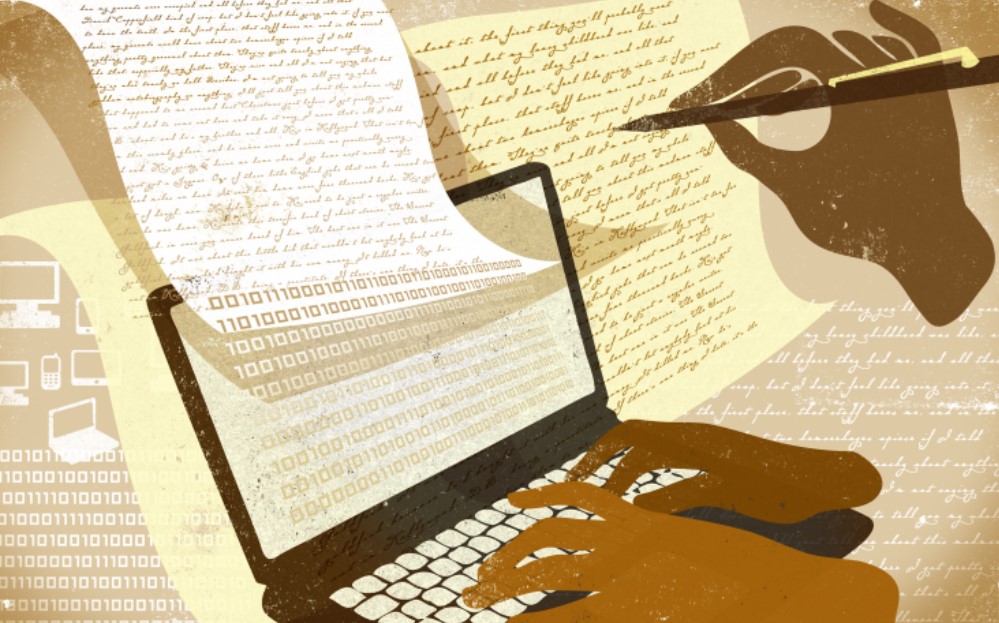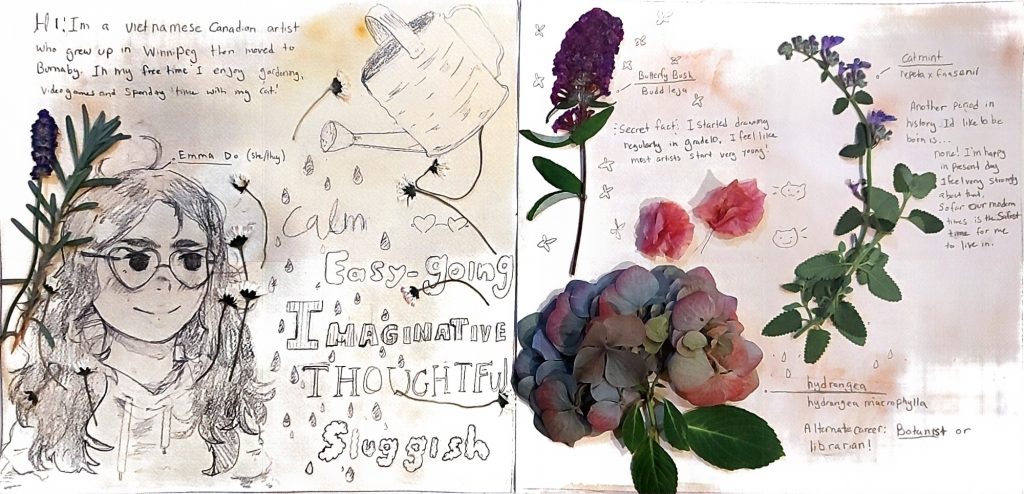Loved to the Point of Invention
The origin story of Band-Aids is a surprisingly rather sweet love story! Bandaids were first invented by Earle Dickinson in 1921, solely for his wife Josephine Dickinson. She was clumsy by her own admission and would often cut herself while preparing food. Bandages before Earle’s invention were just separated pieces of gauze and adhesive tape people would combine. Earle noticed that the bandage would always fall off her fingers rather easily. Earle fixed this by attaching the piece of gauze to the centre of the tape beforehand and covered everything in a fine material called crinoline to keep it clean. This easy-to-use bandage helped Josephine dress her wounds easily and quickly. It also stayed on a lot better and kept wounds more sterile. This invention was later noticed by James Johnson, Earle’s boss at Johnson & Johnson. Johnson decided to manufacture Band-Aids for the public and made Earle vice president.
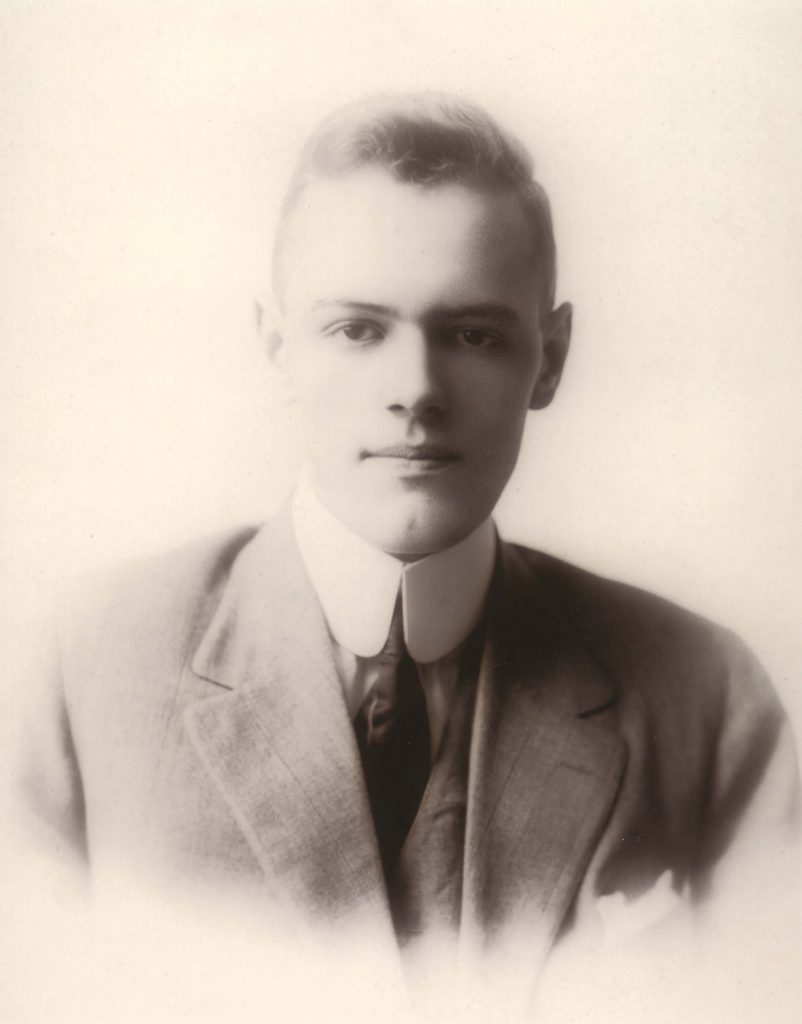
From Scouts to Soldiers
It took a while for this small household invention to become a household staple everywhere. Sales were very slow until Johnson & Johnson hatched a publicity stunt and donated Band-aids to boy scouts! Johnson & Johnson continued their trend of healthcare volunteering and supplied Soldiers who were heading out to World War 2 with Band-aids in their kits. The concept and heart of Band-aids have remained the same all these years, though Band-aids have gone through some revisions. Machine made Band-Aids were the new norm in 1924 and sterilized Band-aids hit the shelves in 1939. Further down the line Band-Aids used vinyl tape as its base instead of regular tape. Decorative Band-Aids featuring popular cartoon characters first appeared in 1951 where they printed Mickey Mouse on the bandages to cater to children.
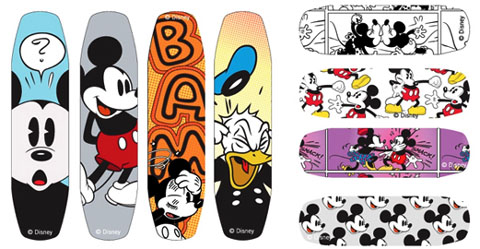
“Flesh Coloured”
Band-Aids were often marketed as “Flesh coloured” and “invisible” and this irony was not lost to the POC community. While there are clear Band-Aids, It’s offensive and ignorant that out of all the tons of designs from peach to the dozens of cartoon characters none of the bandages are designed with black or brown skin in mind. In 2005 the company unveiled a line of band-aids that were designed with multiracial skin tones, but it was discontinued due to lack of interest. Fast forward to 2020 Johnson & Johnson released a line of Band-Aids that hues matched the skin tone of African Americans in solidarity with the BLM movement. Although, it is a good step in the right direction it’s a wonder as to why it has taken this long to be designed and released.

References
Alcorn, C. (2020, June 12). Band-aid will make black and brown flesh-toned bandages. CNN. Retrieved December 15, 2021, from https://www.cnn.com/2020/06/12/business/black-band-aids/index.html
Bellis, Mary. (2020, August 26). The History of the Band-Aid. Retrieved from https://www.thoughtco.com/history-of-the-band-aid-1991345
Bisset, C. (2018, January 22). A brief history of the band-aid, from boy scouts to Bob Geldof. ABC News. Retrieved December 15, 2021, from https://www.abc.net.au/news/2018-01-03/a-brief-history-of-the-band-aid/9271754
